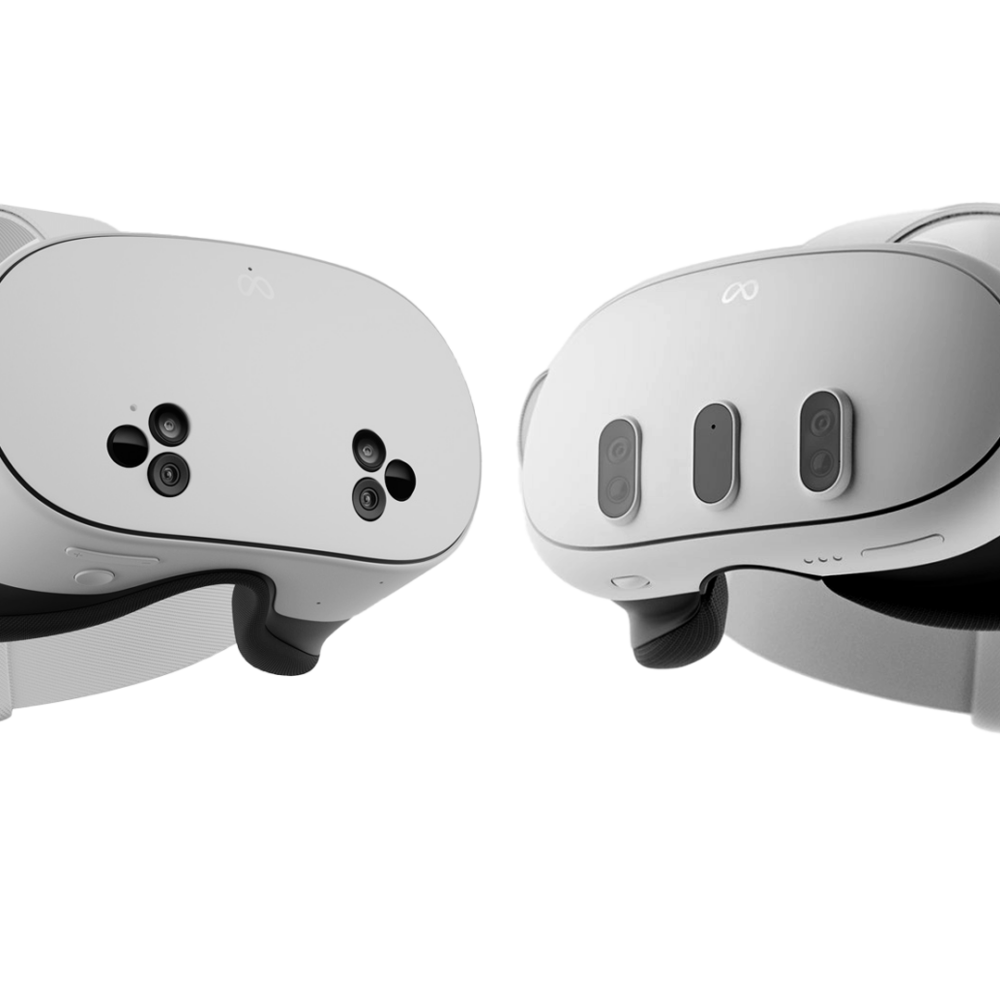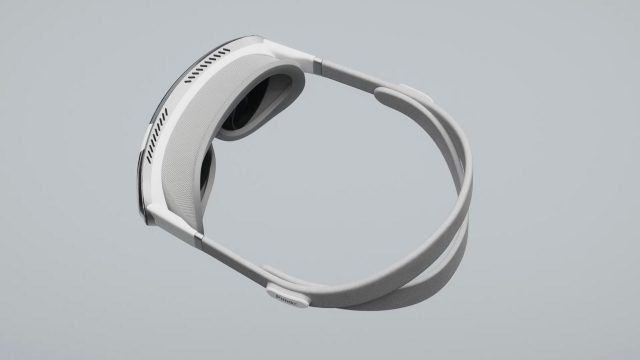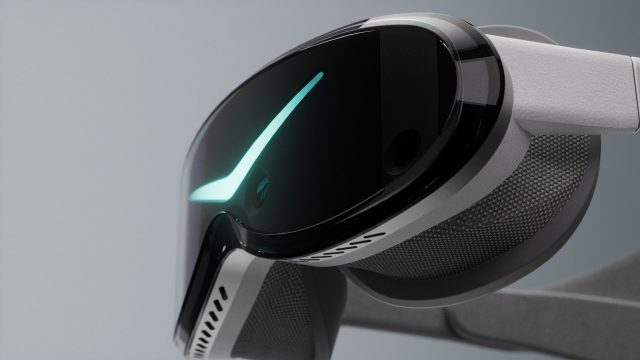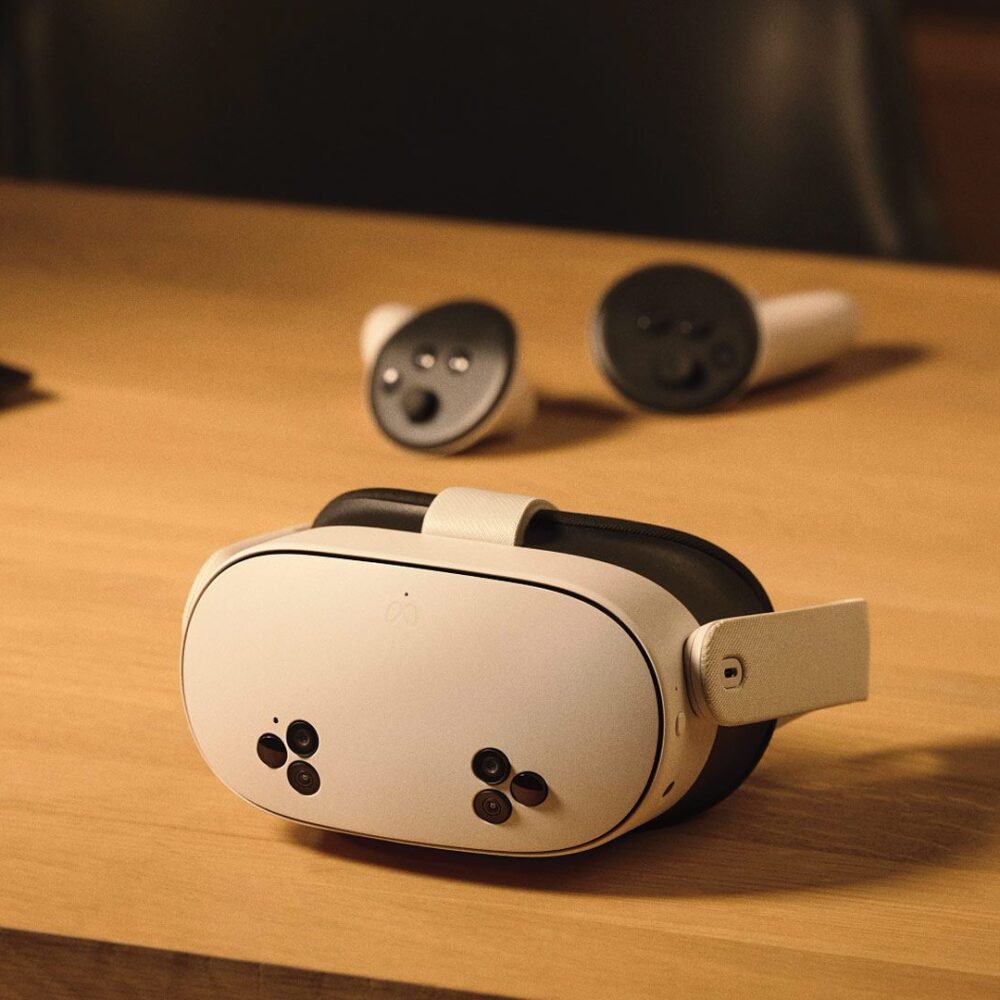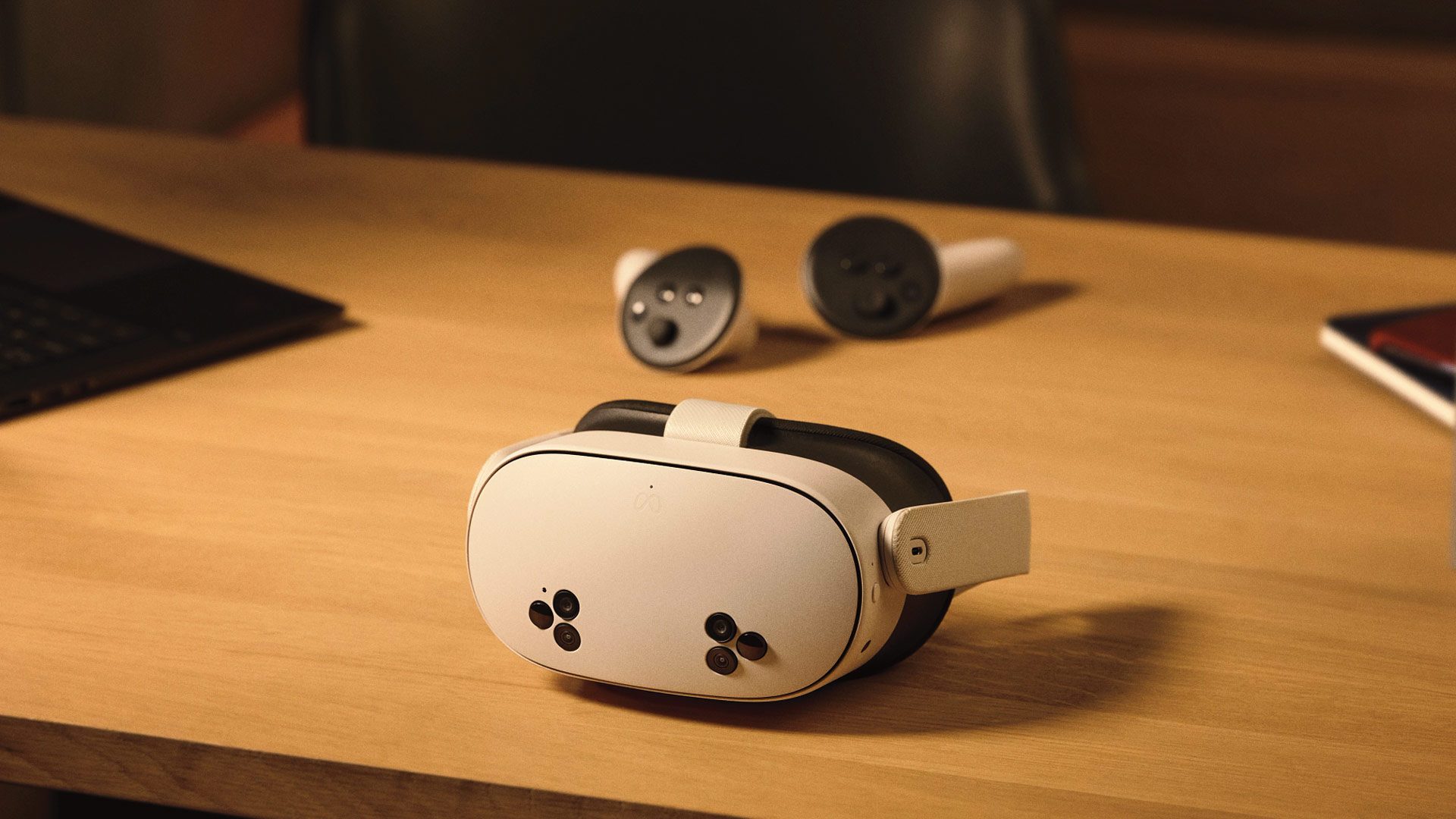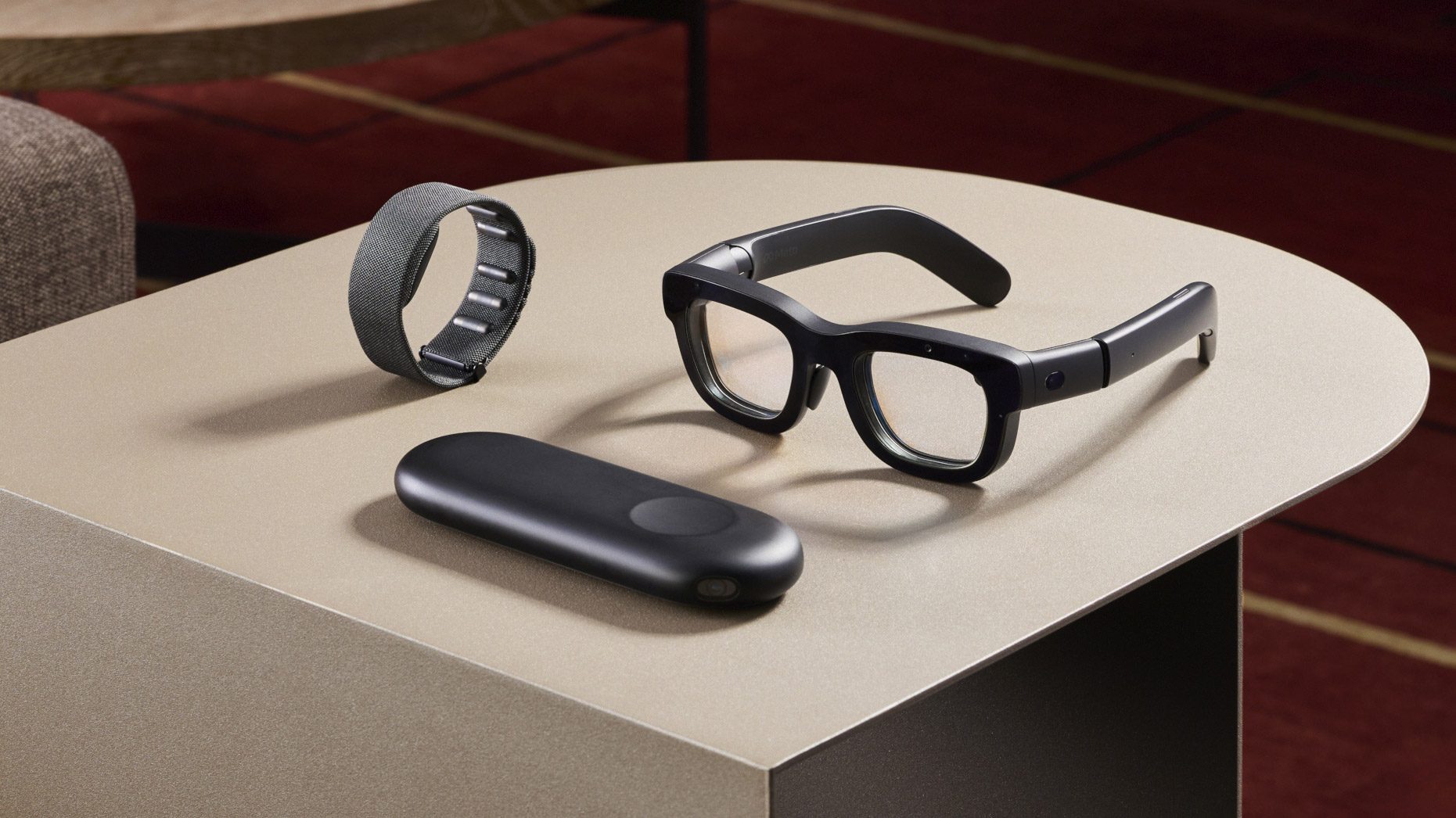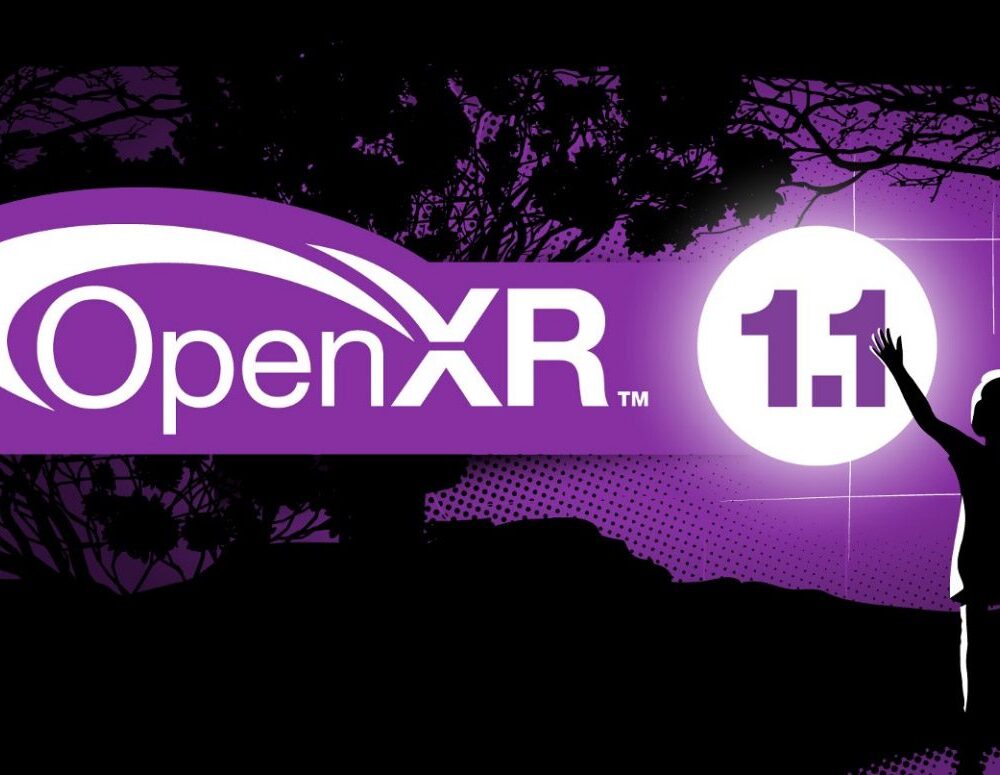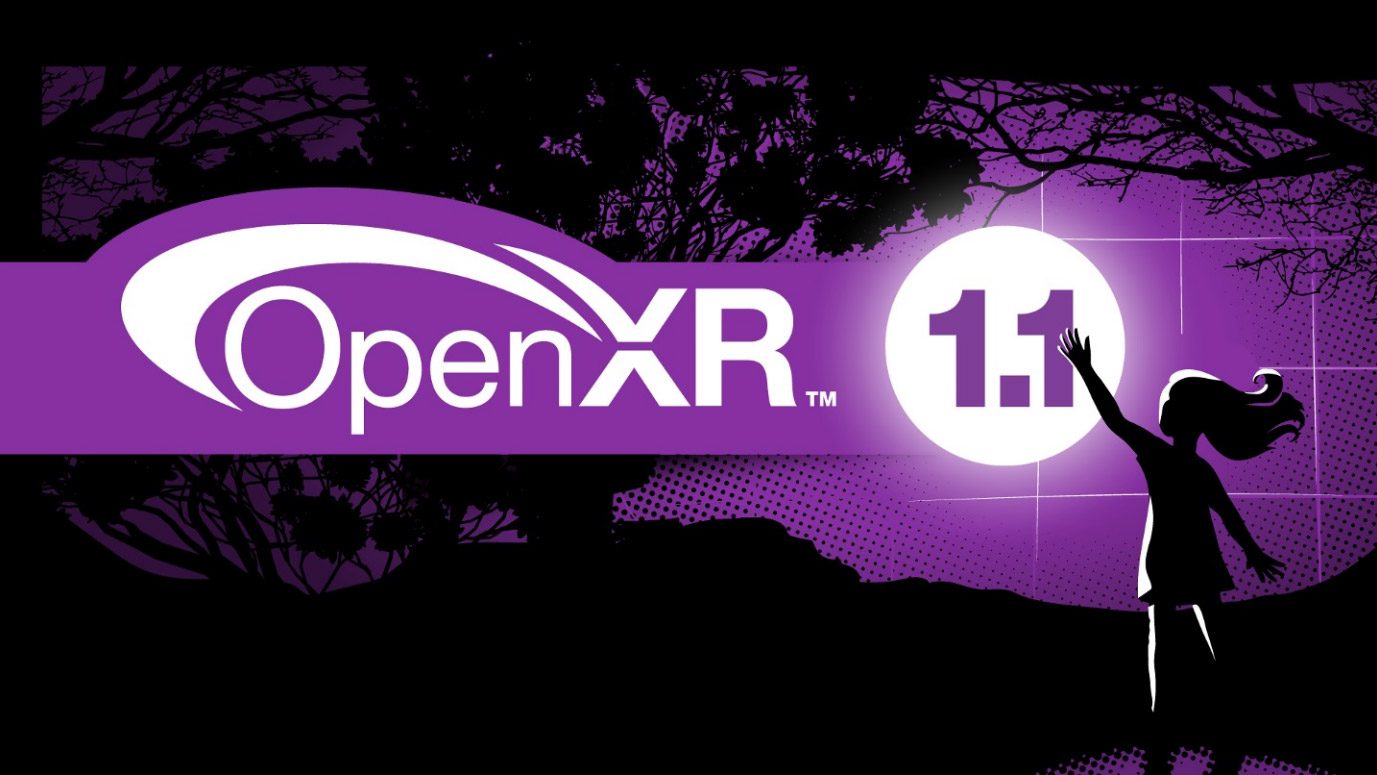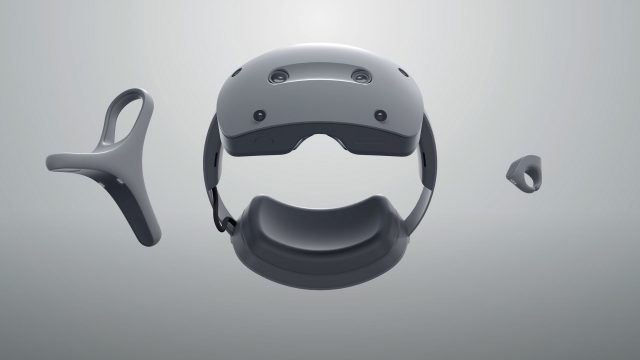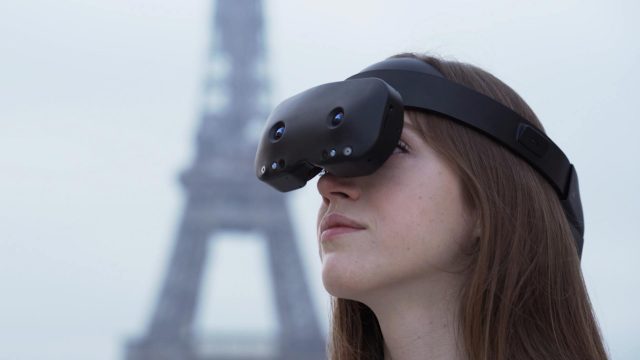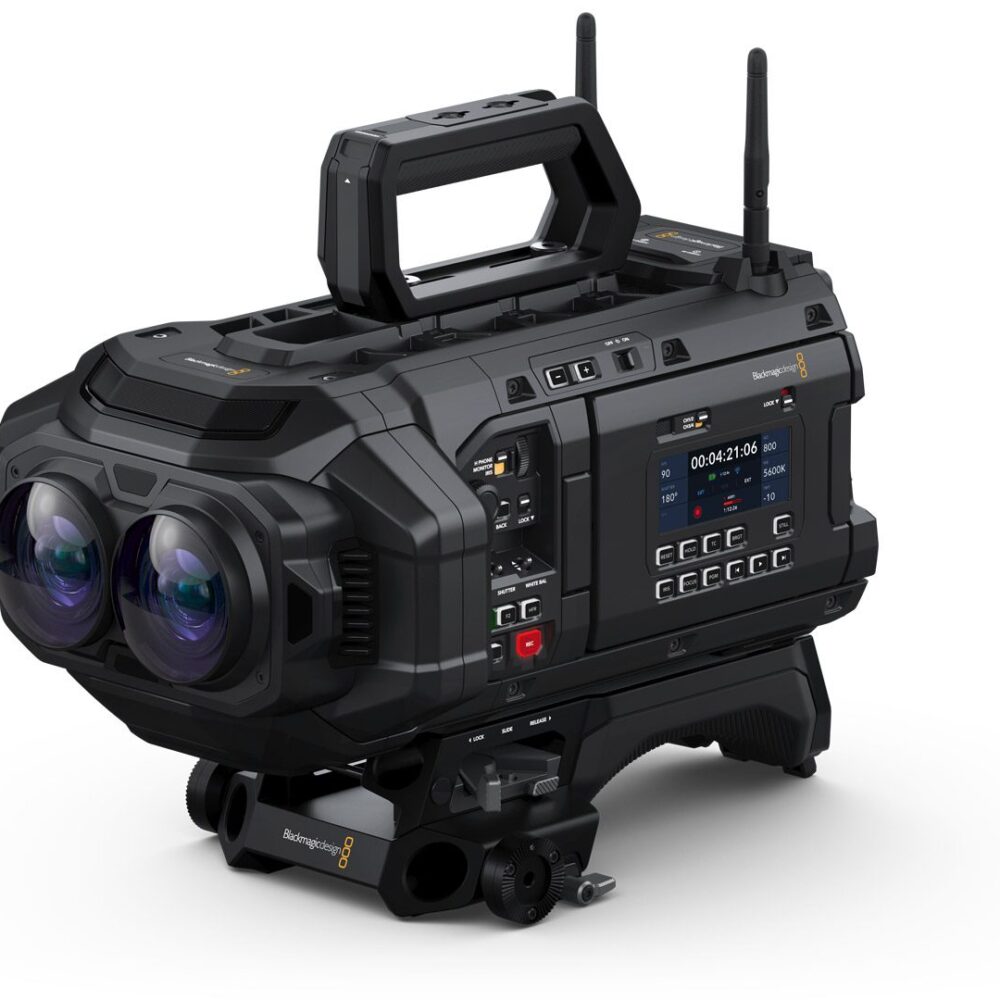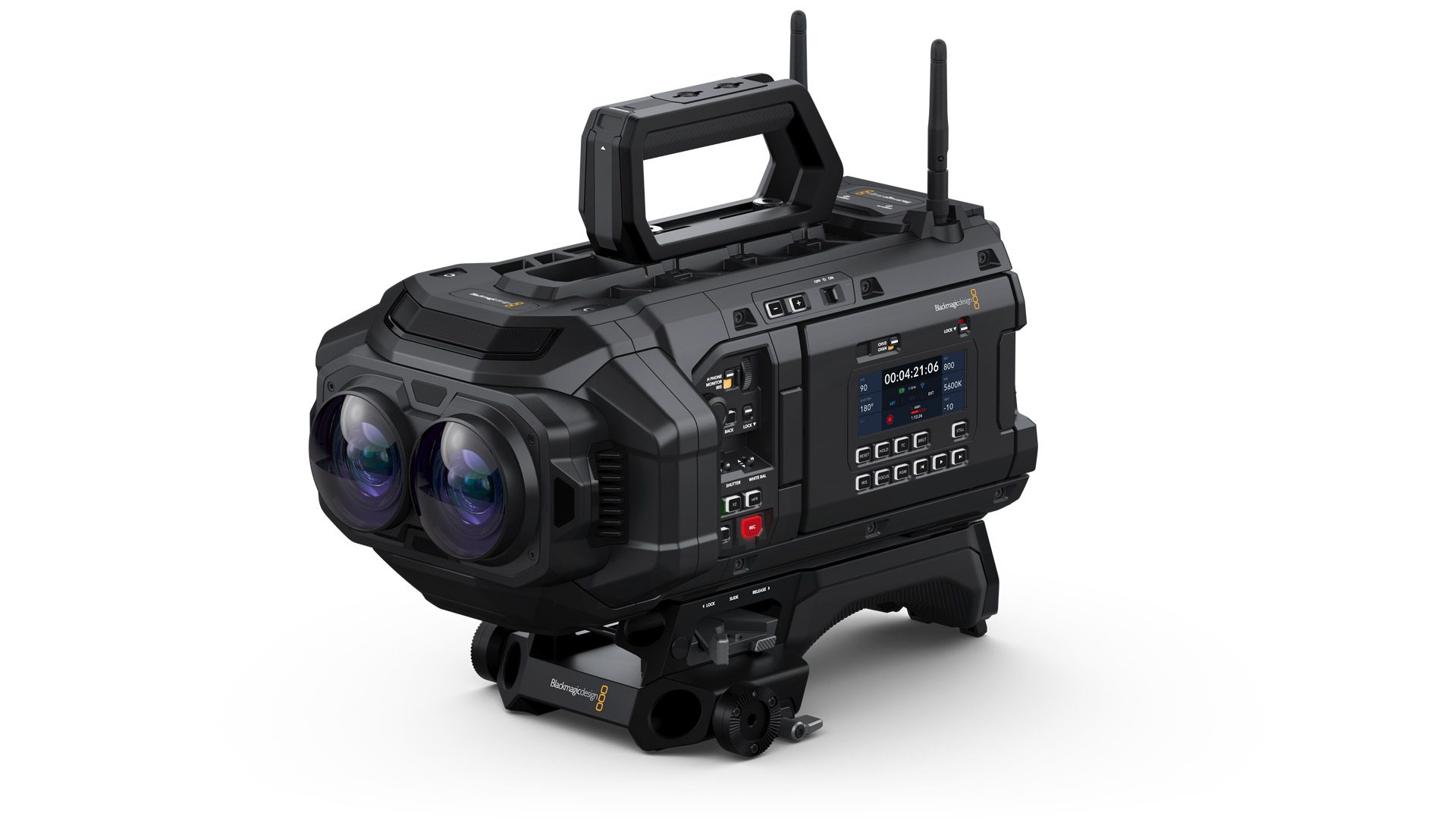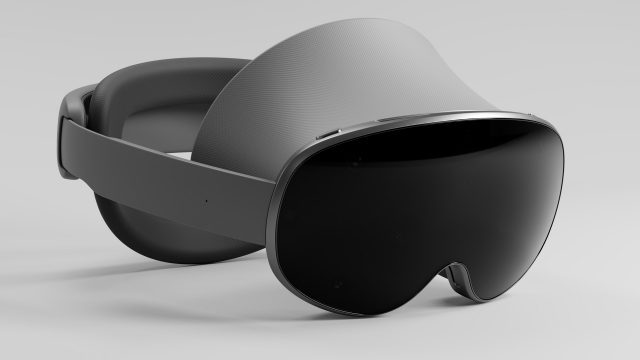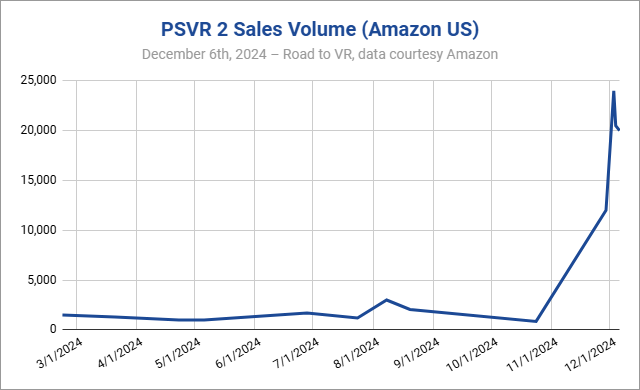One of the worst things to happen on Christmas morning is downloading updates and charging batteries. Undoubtedly even worse though is downloading an update that then bricks your device before you can even use it. This apparently happened to a number of users last week, which Meta has responded by offering new devices and Horizon Store credit.
According to mass user reports that flooded Reddit on December 25th, some new Quest owners encountered a critical error after being forced to apply the latest update, with an error message stating “Your device is corrupt. It can’t be trusted.” From there, there was no way of resetting the headset, effectively bricking the device.
The issue appears to have been caused by applying Quest’s latest v72 update, which the company released earlier this month. User reports indicate it has affected new, but alsoold headsets that haven’t been updated in a while.
Here’s what Meta says in a user help thread addressing the issue:
“We’ve discovered a software update issue that caused some Quest 2/3/3S headsets to be unresponsive and unable to start up correctly. We are actively working on resolving the issue for all users, but in most cases, you are now able to use your device normally.”
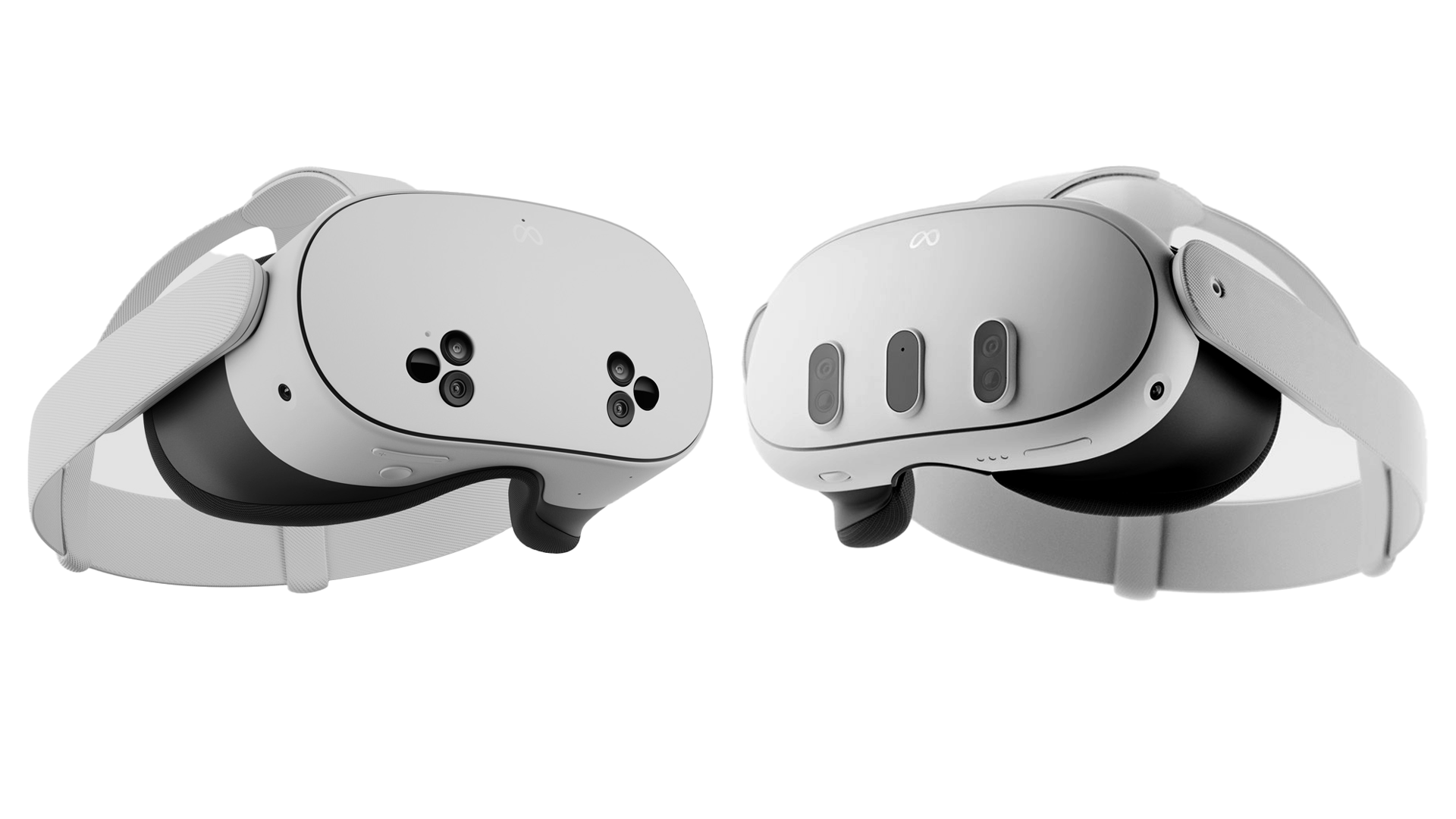
User reports suggested only a fraction of new headsets responded this way, although following a pause by Meta to pull its latest firmware update, new users are now likely in the clear if they still haven’t set up a new Quest. And for those with bricked headsets, Meta is sending out replacement units with some Horizon Store credit to smooth things over.
“We are aware that a limited number of Quest 3S devices are experiencing a software update issue that is causing headsets to be unresponsive and unable to boot up properly,” the company says in a ‘Next Steps’ thread for Quest 3S users. “If your device is affected by the issue, we’ll send you a replacement Quest device at no cost to you. We’ll also issue you Horizon Store credit as a token of our commitment to supporting you.”
While Meta was quick to respond, the damage was already done, prompting some to return faulty headsets to stores and hope their next device wasn’t afflicted with the same issue. Some users, such as Reddit poster ‘Physical-Slip5049’, says it ruined their son’s Christmas.
“I bought a never before used second hand Quest 2 from eBay as a Christmas present for my 9 year old son. He opened it Christmas morning, started it, and was forced to update it,” Physical-Slip5049 reports. “Having never used a VR headset before, I tried to reset it after following Meta’s own instructions. Now it’s hard-bricked. It’s been turned on for just 5 minutes in its entire 2-year life. My son spent 3 months waiting to play this but couldn’t use it when it came to the big day. He spent half of Christmas day crying and upset.”
Additionally, users are reporting that Meta is offering those with out-of-warranty headsets, such as Quest 2, with refurbished units to go along with store credit.
We’re following the after effects of this closely. Let us know in the comments below if you’ve been affected, and what steps Meta is taking to solve the issue.
